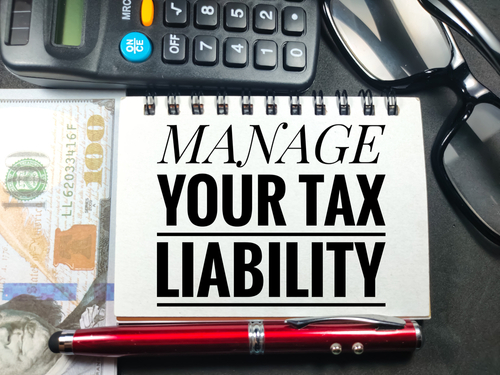
What Are the Changes?
Changes to the organizational structure include reducing the Deputy Commissioner post to a single position (there are currently two); as well as creating four new positions with an IRS chief of taxpayer services, IT, compliance, and operations.
Long Time No Changes
While these changes are set to take place in the beginning of 2024, they are the first changes to take place in a long time for agency leadership. Currently, the highest rungs of the IRS organizational structure dates to the year 2000, over 20 years ago.
The last time changes were made in 2000, the IRS reorganized operations to support taxpayer segments that were the result of the IRS Restructuring and Reorganization Act of 1998.
Single Deputy IRS Commissioner Model
The change over from two at the top to a single deputy IRS commissioner position is modeled after the way the Treasury Department is structured. Doug O’Donnell, current deputy commissioner for Services and Enforcement, will step up to the post.
The Four New Positions
Other key changes in the leadership structure are the creation of four new chief positions, overseeing the areas of taxpayer service, compliance, IT, and operations.
Ken Corbin (currently Wage and Investment Commissioner) is being promoted to Chief, Taxpayer Service. Corbin served in various roles within the IRS since starting his career in 1986 at the Atlanta Service Center. His division will handle taxpayer-centered services including the toll-free call and taxpayer assistance centers, overseeing tax return processing centers and correspondence with taxpayers.
The Chief, Taxpayer Compliance Officer role will be filled by Heather Maloy. Maloy’s career encompasses both roles within the IRS as well as private practice. Previously, she served as the LB&I Commissioner as well as other roles including Associate Chief Counsel to a number of IRS divisions. The Chief, Taxpayer Compliance Officer role will oversee compliance work, including operations in the Small Business, Self Employed, Tax Exempt, and Government Entities divisions. She will also be responsible for the Professional Responsibility, Return Preparer, and Whistleblower offices.
The position of Chief Information Officer will be filled by Rajiv Uppal. Uppal’s current role is as the Director of the Office of IT and Chief Information Officer for Medicare and Medicaid Services centers. The Chief IT Officer role will oversee the entire IRS IT division.
Finally, the fourth new position, that of Chief Operating Officer, will be held by Melanie Krause. Krause began working at the IRS in 2021 and currently serves as the Chief Data and analytics Officer. Prior to this, she was the Acting Deputy Commissioner for Services and Enforcement.
Conclusion
Logistically, the changes should occur on the proposed timeline as reorganization changes that do not require a budgetary appropriation amendment. In layman’s terms, the IRS isn’t looking to Congress for any more money, so Congressional approval isn’t needed. As such, the changes are all but certain to take place in early 2024. The result aims to help the organization adapt to recent tax law changes and evolving technology, while simultaneously streamlining the organization and making it both more efficient and effective.
Disclaimer
Continue Reading
Disclaimer




